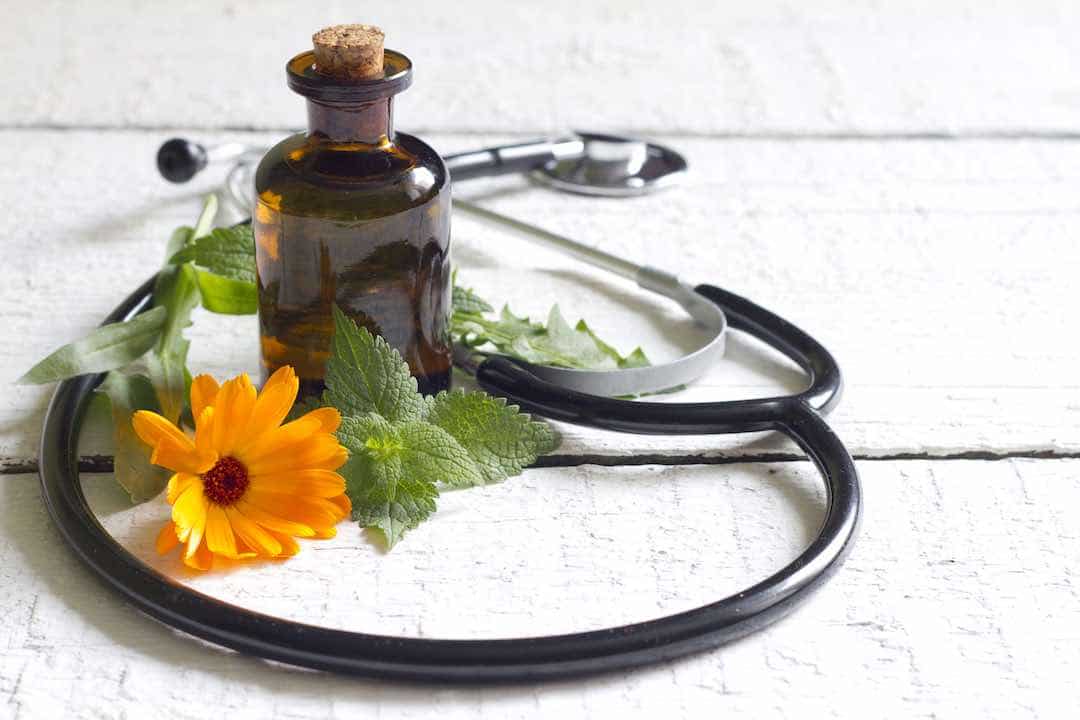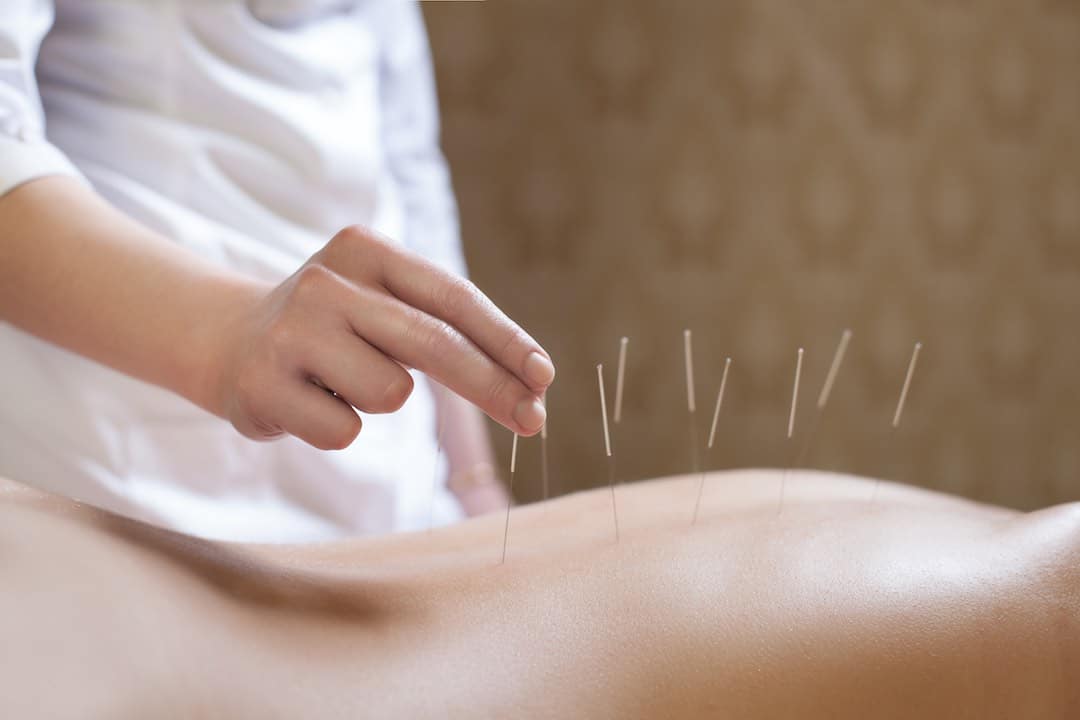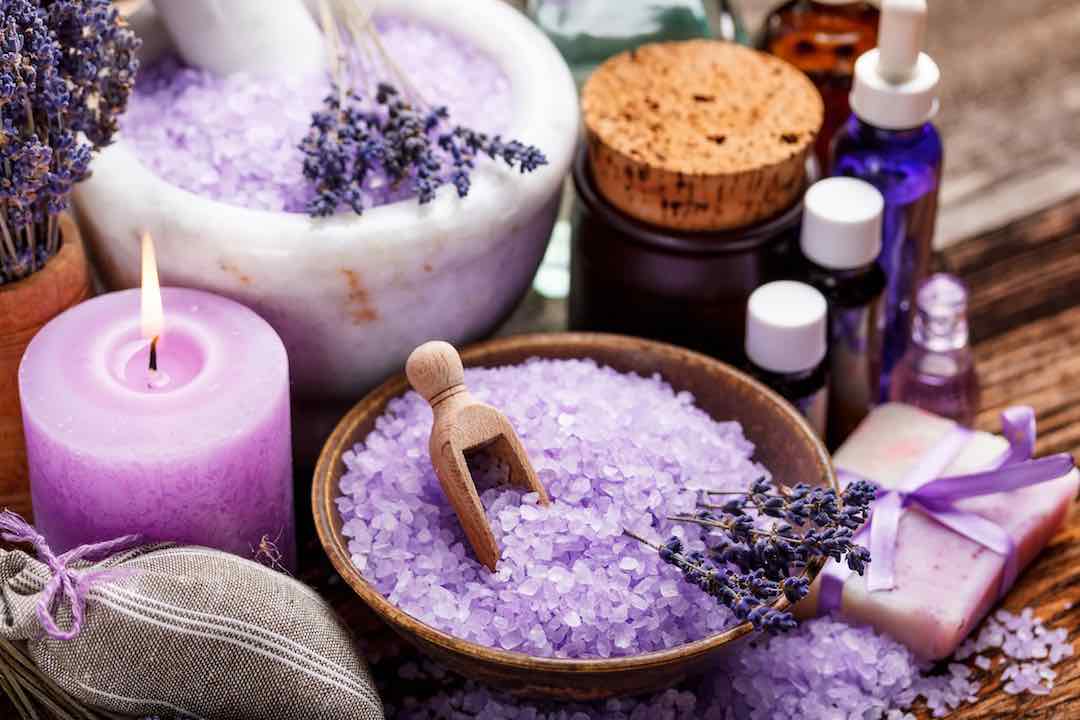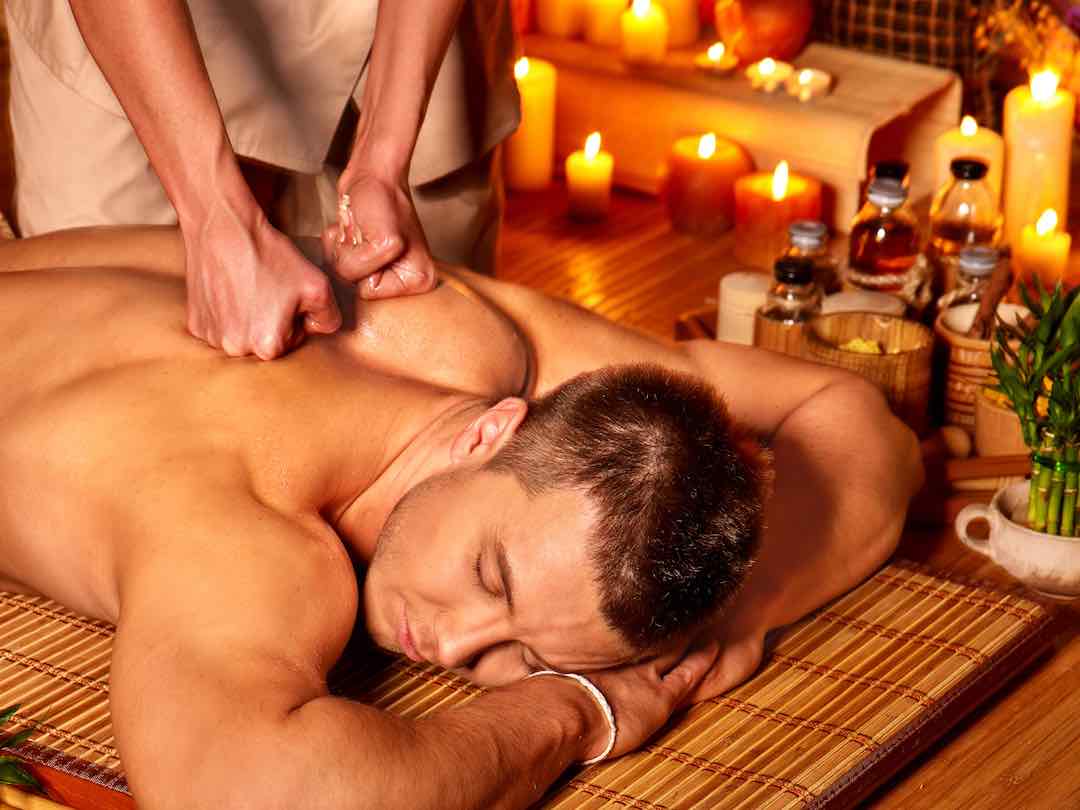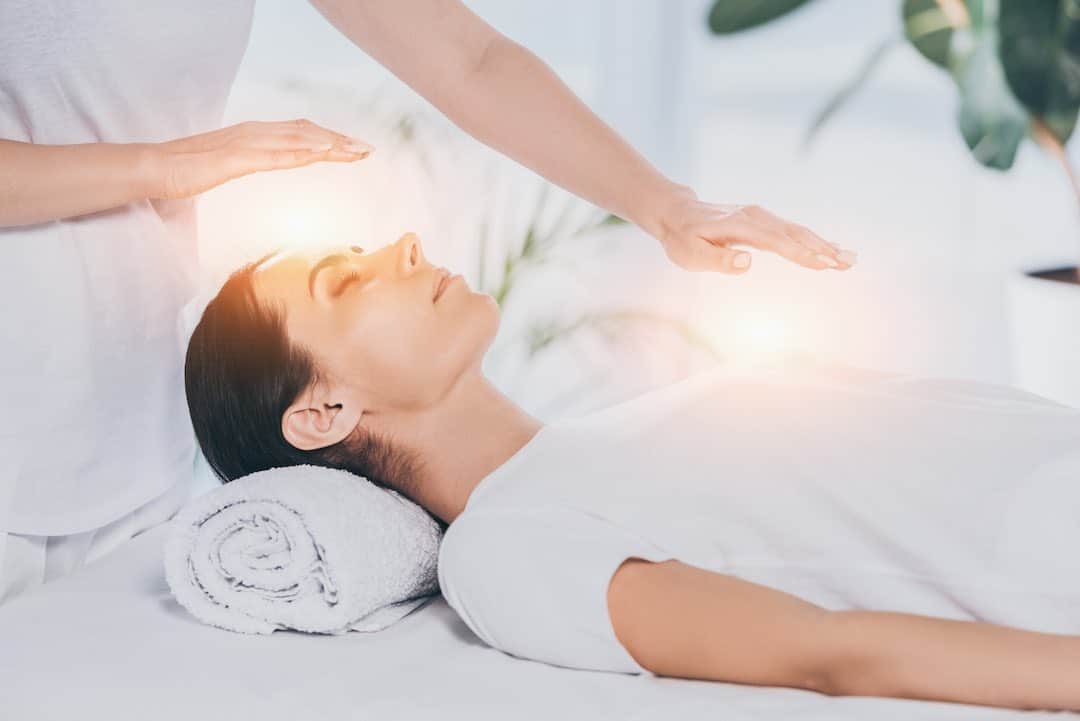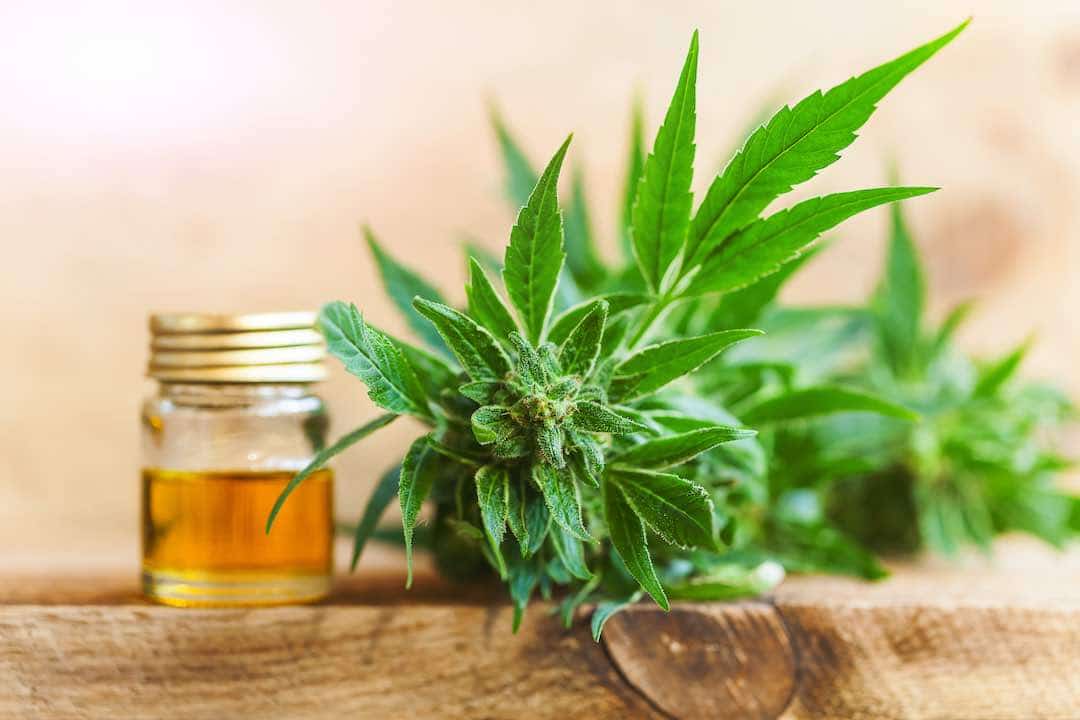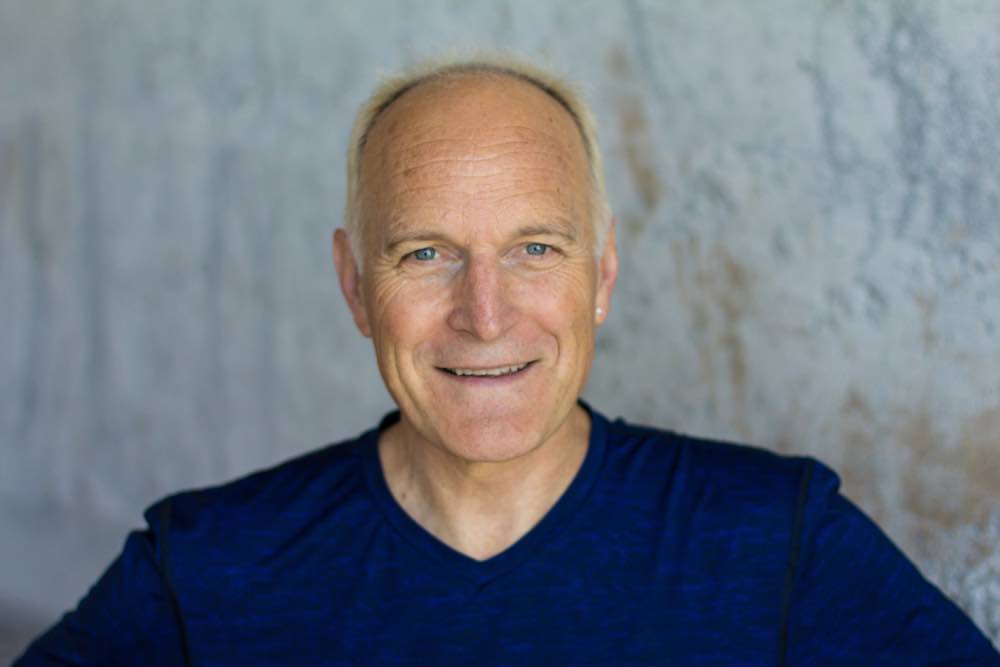To borrow a line from Tyrone in The Princess Bride, “If you haven’t got your health, you haven’t got anything.” Chances are pretty good if you’re in your fifth or sixth decade you’ve had your share of health challenges over your lifetime. How do you handle the ups and downs of health? What modalities have you sought to help relieve, cure, prevent, or mitigate your malady? Modern medicine? Nutritional and/or changes in your exercise habits? Esoteric considerations? We’ve all heard of alternative therapies, but how many of us have been bold enough to give them a try?
In this article, we’ll take a look at 5 alternative therapy options that you may never heard of, but really ought to consider trying. You never know…one of these may provide the very results that promote a healthier you — from relieving stress to bolstering the immune system!
Modern Medicine
Modern, conventional medicine — at its best — can be viewed as nothing short of miraculous when compared to early barbaric days of blood-letting, treatment with leeches, and wearing braids of garlic to ward off disease. The advances in medicine hold promise for eradicating disease and supporting healthy lives well beyond what was thought possible even a few decades ago. Need a new heart, knee, liver? These transplants and procedures, once considered the stuff of science fiction, are now commonplace. Odds are better than ever that you, or someone you know, is scheduled for a future hip, shoulder, knee or heart replacement.
But what about alternatives to requiring drastic measures in the first place? Are there alternative therapies that are miraculous in their own right? What is the difference between so-called “Alternative Therapies” and “Conventional Medicine”?
Conventional Versus Alternative Therapies
There are two distinct lines of thought regarding medical therapies, with little overlap between the communities. Conventional medical practitioners often view alternative therapies with large doses of skepticism, claiming science/evidence does not support the practice. Alternative practitioners often take exception to the invasive nature of conventional medicine and/or reliance on pharmaceuticals that downplay or bypass the body’s innate healing mechanisms.
Rather than view therapies as either/or, a healthy approach might be either/and — by choosing a modality that best suits the malady.
One simplistic way to distinguish between conventional and alternative medicines can be summed up in these observations:
- Conventional medicine seeks to combat disease by treating the symptoms or eliminating or guarding against the disease externally through vaccines or antibiotics. (Think: take a pain reliever if you’re in pain, the eradication of polio through vaccination, or curing an infection with antibiotics.)
- Alternative medicine seeks to eliminate the source of affliction or lessen the cause of an energy blockage (dis-ease) via the body’s internal immune or energy system. (Think: identify the source of the pain and seek appropriate treatment — massage, energy work, change habits, diet).
A simple example is treating a headache.
- Conventional medicine — take a pain reliever to stop the pain and/or reduce inflammation, inflammation being the source of the pain.
- Alternative medicine — identify the source of the headache/pain (food, habit, stress, energy blockage) and pursue treatment by eliminating the source of inflammation/aggravation or promoting a healing response in the body.
Alternative Therapies
As with all things medical, research pays off. And if something makes claims that sound too good to be true, chances are pretty good your hearing is accurate. Keep this in mind as you read through the therapies and consider whether they would be good for what ails you.
And — full disclosure — I am not a doctor or research scientist and make no claims as to the medical benefits of the therapies listed below. I am a layman who has experienced relief from several health issues by turning to so-called alternative therapies and the body’s remarkable healing abilities. Where there is an opinion, the opinion is mine and not meant to be a prescription.
Acupuncture Overview
Practiced in China for at least 2500 years and considered traditional medicine, acupuncture is an alternative therapy that has been growing in popularity in the US and Europe since the mid-’70s. The main concept of acupuncture involves the insertion of pins or needles into or just below the skin. The sites for needle insertion are not random. Rather, they follow “meridians” in the body which are believed to be pathways for the “Qi” (pronounced like chee) or life force to travel. According to acupuncture advocates, blockage of these pathways can lead to illness or compromised health.
To re-invigorate the flow of Qi — essential for healing — needles are inserted at prime acupuncture points along the meridians. Which points to stimulate and how are determined by a licensed acupuncturist who has studied the technique extensively and passed a rigorous examination process. One way of thinking about the needles is that they release blocked energy, kind of like undoing or relaxing nerves that may be bound up for whatever reason — stress, disease, diet, trauma being major contributors.
An acupuncture session can be intense — both in the insertion of the needles and the energy the needles release. Multiple sessions are often required or recommended to allow the body to respond in a measured and less dramatic (intense) fashion.
A small sample of conditions that acupuncture can effectively treatconditions that acupuncture can effectively treat includes pain relief, stimulation of the autoimmune system, head, neck and back aches, respiratory disorders, gastrointestinal disorders, sinusitis, insomnia, anxiety, blood pressure and sexual dysfunction. Often, acupuncture is offered in conjunction with traditional Chinese herbal remedies that complement or reinforce the relief and blockage clearing afforded by the needles. For example, to relieve sinusitis, herbal teas may be prescribed to support the sinus in addition to a treatment with needles.
Acupuncture Recommendations
Recommended for:
-
- Pain relief
- Nausea
- Anxiety and/or depression
- Respiratory disorders
- Stimulating autoimmune system
- Gastrointestinal disorders
- Insomnia
- Sinusitis
- Blood pressure
- Sexual dysfunction
Not recommended for:
-
- People who have an aversion to needles
- Life-threatening illness
- Broken bones or other emergency traumas
Aromatherapy (Essential Oil Therapy) Overview
Humans have used scents and herb-infused oils and lotions for centuries. Ever taken a lavender Epsom salts bath to relax? Or have you noticed that some scents energize you, like cinnamon or lemon perhaps? The basis of aromatherapy is that some scents provoke a beneficial physiological response in the body.
The simple story is that plants (and some insects) produce essential aromatic oils that serve as deterrents to predators or as a form of protection from the elements. As it turns out, many of these oils are beneficial to humans, as our brains have receptors for some of the organic compounds. When inhaled or applied to the skin, the compounds trigger endocannabinoids in our brains and the nervous system responds accordingly.
The good news is that science is coming around to confirming what aromatherapists have practiced for millennia: the body responds favorably to scents and the application of essential oils to the skin. Knowing how the essential oils work physiologically, doesn’t necessarily make them work better. But validation from science is an encouraging sign and may signal further advances in the practical applications of aromatherapy.
A short list of oils and their purported benefits: Lavender promotes relaxation. Lemon oil boosts mood, fights depression. Cinnamon oil — anti-inflammatory, anti-bacterial. Rosemary oil decreases cortisol levels
Aromatherapy (Essential Oil Therapy) Recommendations
Recommended for:
-
- Stress relief
- Sexual dysfunction
- Anti-inflammation
- Anti-bacteria
- Headache relief
- Energy boost
- Cortisol reduction
Not recommended for:
-
- Life-threatening conditions or disease (though may be used in palliative care for comfort)
- People who have serious allergies or are highly sensitive to scent
- People with skin sensitivities
- People with respiratory conditions
Massage Therapy Overview
Human touch has long been counted among beneficial healing modalities. Though science has yet to completely quantify its benefits, massage therapy takes touch to a deeper level. Massage therapy involves a licensed massage therapist manipulating soft body tissue to release tension, stimulate nerve tissue and blood flow, and break up accumulations of harmful chemicals (toxins) held in the fascia.
Though there are many different methodologies, massage therapy can be broken down into two main types: massage for rehabilitation and massage for relaxation.
Massage for Rehabilitation
Often referred to as deep tissue work, this form of massage requires the practitioner to have a thorough understanding of the body’s musculature, as well as a “feel” or “educated intuition” for what may be causing a client’s pain or what tissue manipulation they may need to recover from an injury or surgery. Unlike relaxation massage, this form of massage can be painful or intense while the therapist manipulates the fascia or bound muscle microfibers with the intent to increase blood flow (equals more oxygen and healing) to the muscles.
Massage for Relaxation
Less intense than deep tissue work, a relaxation massage is what it sounds like — a gentle manipulation of soft body tissue to relax, take out the kinks. Swedish massage is considered a popular form of relaxation massage.
The differences between the two forms of massage are summed up in their descriptions and felt in the intensity and/or location of delivery. Often rehabilitative massage focuses on specific muscle groups — say the body part in rehab; a relaxing massage is often full body, though the client or practitioner may suggest concentrating on particularly tense body parts, like shoulders, neck or lower back.
Massage Therapy Recommendations
Recommended for:
-
- Stress relief
- Rehabilitation of body post trauma
- Improved circulation in soft tissue
- Musculoskeletal pain relief
- Improved digestion
- Elimination of toxic build up in muscle/fat tissues
- Improved mobility
Not recommended for:
-
- Pain that may be a result of a serious fracture or bone degeneration
- Internal organs (though there is a branch of massage that deals with this)
- Dislocations
- Cancer tumors
Reiki Therapy Overview
Of the alternative therapies presented thus far, Reiki may be the most controversial in terms of its origins and benefits. The word Reiki is the combination of two Japanese words — Rei (of the supernatural, or from God) and Ki (essential life force –similar to Qi above). Reiki practitioners clear or balance the energy fields surrounding a person, through light touch or placing hands in areas “energy fields” above places experiencing “blockage”.
Science has yet to validate Reiki as a healing modality, though it has been practiced since the late 19th and early 20th centuries. It is thought to have originated from the work of a Japanese monk who sought to attune energy forces. The belief is that when energy forces are out of balance lead to disease.
Attuning a person’s energy fields through Reiki follows a set methodology, though it requires no extraordinary or intense training; rather an interest and openness to feeling another person’s energy imbalances and offering “hands-on” to attune the body to improved energy flow, to facilitate the body’s ability to heal itself.
These words written by the founder, Usui Mikao, may sum up the practice best:
The secret art of inviting happiness
The miraculous medicine of all diseases
Just for today, do not anger
Do not worry and be filled with gratitude
Devote yourself to your work. Be kind to people.
Every morning and evening join your hands in prayer.
Pray these words to your heart
and chant these words with your mouth
Usui Reiki Treatment for the improvement of body and mind
The founder, Usui Mikao
Reiki Therapy Recommendations
Recommended for:
-
- Stress relief
- Anxiety
- Overall feeling of well being
- Relaxation
- Getting in touch with your spiritual side
Not recommended for:
-
- Acute medical conditions
- Life-threatening trauma
- Cancer treatment (though beneficial for relaxation)
CBD Oil Therapy Overview
With the legalization and/or decriminalization of marijuana (cannabis), claims as to the therapeutic benefits of CBD (cannabidiol) have skyrocketed. Reports that everything from headaches to epilepsy can be treated with medical marijuana flood the newsstands. While research has been hampered because of the drug’s status, current studies are beginning to shed light on how — or if — CBD works.
CBD and the Human Body
CBD (cannabidiol) is a non-psychoactive compound found in the cannabis plant. To be more precise, it is a Phyto cannabinoid…meaning of or found in plants. This is an important distinction to make because, as it so happens, humans create endocannabinoids…meaning produced within. And herein lies the mystery and potential uses of CBD.
As humans produce endocannabinoids, there are natural receptors throughout the body to receive cannabinoids — either produced by the body or received via tincture, oil, smoke, or ingested. It just so happens the cannabis plant produces cannabinoids that fit into human receptors and facilitate relief from a wide variety of symptoms. CBD science is still in its infancy, however, documented cases of epilepsy relief in children and reducing nausea in cancer patients undergoing chemo are common.
The Current CBD Market
The current market is unregulated and, as such, the quality and effectiveness of products is not standardized…dosages and brands are hit or miss. There is also a distinction made between CBD made from the hemp plant (which contains no THC — the psychoactive component in cannabis that gets a person “high”) and CBD that comes from the cannabis plant that contains THC. There is something referred to as the “entourage effect” which, proponents of the latter form of CBD claim increases the healing properties of the extraction, because the CBD has a more complete profile.
A telling sign that CBD oil is here to stay is that pharmaceutical companies are dedicating significant resources to create synthetic CBD, suggesting that your neighborhood drug store will soon be carrying a wide variety of products carrying the CBD promise.
Currently, CBD is considered an alternative therapy. However, once it hits mainstream within a few years, it is predicted that CBD will take its place on the over-the-counter pharmacy shelf next to aspirin, ibuprofen and sleep aids. And, like conventional medicine mentioned above, CBD will be treating symptoms and not root causes.
CBD Oil Therapy Recommendations
Recommended for:
-
- Insomnia
- Epilepsy
- Headaches
- Nausea
- Arthritis
- Anxiety
- Depression
- Muscle soreness
Not recommended for:
-
- Dosages are not standardized and therefore subject to extreme variations in quality
- Long term effects of CBD usage have not been determined
- Some products labeled to contain only CBD have carried enough THC for users to get an unexpected high
What’s Your Alternative?
That some medical insurance companies now offer coverage for some alternative therapies lends credence to their effectiveness. Often massage therapy and acupuncture are included as beneficial therapies one can seek. Other modalities are less well recognized, but also less expensive and — perhaps — worthy of looking into to reduce your stress, ease your aches and pains, or get your energy back. Check with your friends to find reliable practitioners and/or products near you. You may be pleasantly surprised with the results of your self-care.
Craig is cofounder of Memoir Tours, a 10-day memoir writing retreat in County Mayo, Ireland. When not in Ireland, he lives in Mill Creek, WA and works behind the page as a ghostwriter, content creator, and copy editor. Music, mandolin and guitar, artisan bread and walks along the creek with his granddaughter rank high on his favorite things list. www.memoirtours.com You can reach Craig via: [email protected]

